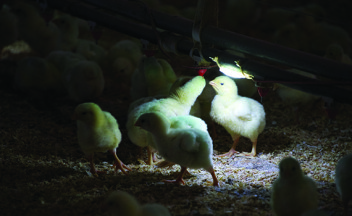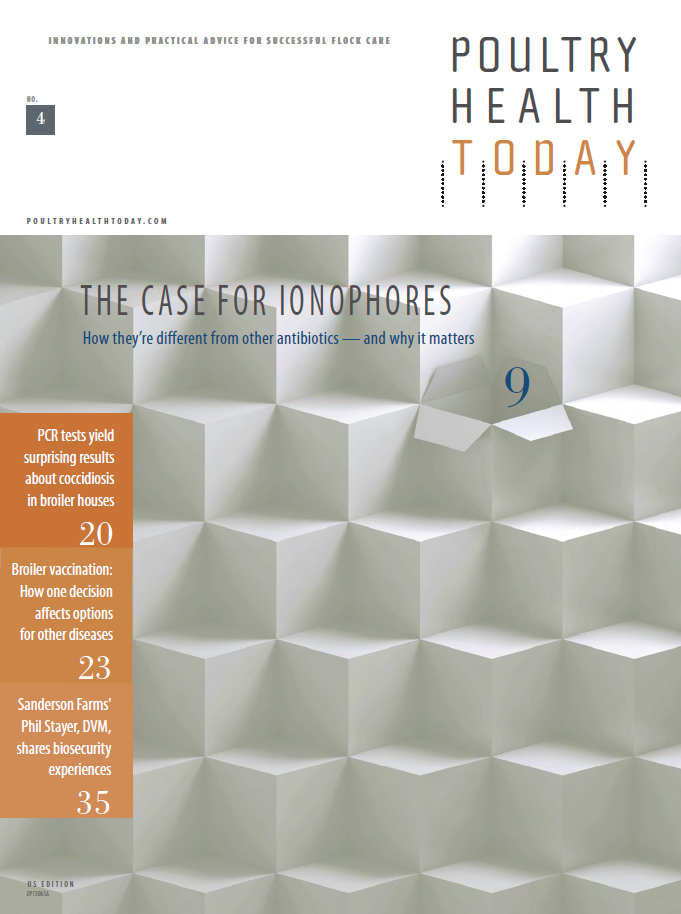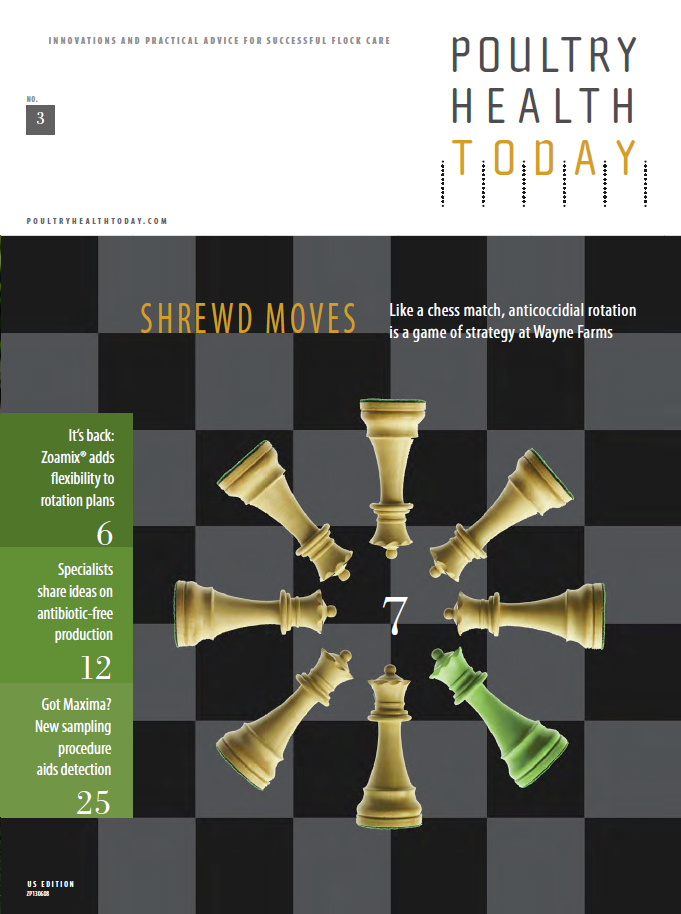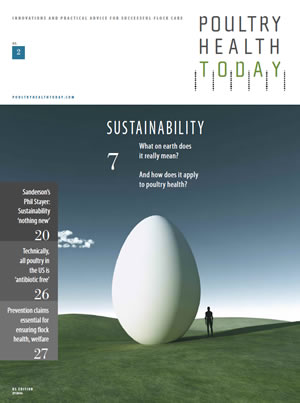

E. coli infection: Two types in broilers

While infectious bronchitis virus (IBV) remains a serious threat to broiler health, it often opens the door to costlier secondary Escherichia coli infections, explained Kalen Cookson, DVM, director of clinical research at Zoetis, who has worked extensively with the pathogen.
“The IBV challenge typically hits birds at 4 weeks of age. E. coli then takes up residence, resulting in high numbers of airsacculitis condemnations in the processing plant, particularly in light birds harvested at 5 weeks of age,” Cookson explained.
On the other hand, operations with larger birds harvested at 7 to 8 weeks are more likely to experience poor growth and higher mortality levels from the E. coli infection.
Most IBV serotypes target the respiratory tract, providing an opening for the secondary E. coli infection. However, some serotypes have different pathology and target the kidneys.
Producers rely heavily on IBV vaccines to control bronchitis, but this protection is only as good as the serotype match of the infecting strains. “Vaccines with less serotype cross-protection allow for increased E. coli secondary infection,” Cookson said, “resulting in decreased protection and higher infection rates for IBV and E. coli.”
A viral disease is not a prerequisite for E. coli infection in broilers, however. Increased dust and ammonia levels and higher litter moisture can irritate the respiratory epithelium and provide an opening for E. coli infections, the veterinarian added.
More Issues















